We independently evaluate all recommended products and services. If you click on links we provide, we may receive compensation.
We’re all looking for ways to simplify our individual hair routines, but there are just some things you can’t skip. If you use shampoo, you know you have to condition your hair immediately after. Braiding your hair? You need to detangle it first. And if you’re going to use a hot tool on your strands, a heat protectant is a must.
We get it — you don’t want to add another product to your collection, and you think your hair can withstand anything. But if you pass on heat protectant, you’re setting your hair up for some serious damage.
Curling irons, blow-dryers, flat irons, hot combs, heated brushes — all use high temperatures to help you get the styles you want. And that heat can be hard on your strands, especially if you use these tools often. Heat protectant allows you to mitigate the damage and keep the integrity of your hair intact. How does it do that, exactly? By creating “a barrier between your hot tool and the hair,” Gina Rivera, hairstylist and founder of Phenix Salon Suites, explains. “Heat protectant helps keep moisture in the hair, making it harder for the heat to penetrate and cause damage.” It lets in just enough heat to style, and keeps enough out to make sure your hair remains healthy. “It’s a good idea to use a heat protectant before blow-drying, using a flat iron, curling iron, or any hot tool,” Rivera advises.
Too much heat on your hair can weaken your strands, making them dry and causing them to break or split. Ultimately, it becomes harder for your hair to hold the straight, wavy, or curly styles you spend so much time creating. Worse yet, it also makes your hair look pretty sad in its natural state.
A good heat protectant will be formulated to fortify your strands and create a heat-resistant shield that allows you to style your hair in the safest way possible. When you’re shopping, look for ingredients such as hydrolyzed wheat protein, which strengthens your hair, as well as silicones — yes, silicones — which work as a barrier that keeps heat from damaging your hair.
Keep in mind: A product doesn’t necessarily have to be marked as a heat protectant in order to have properties that will shield your hair from those super high temps. “Natural oils like coconut oil can help reduce damage when using heat,” Rodriguez shares. “Also, leave-in conditioners can help keep hair healthy when you’re using any kind of hot tool.” Of course, it’s best to use something that is specifically for heat styling, but if you’re in a pinch, products like these may help maintain healthy hair.
Most heat protectants need to be applied on wet hair, but there are some you can use if your hair is already dry and you want to go in with a hot tool. That said, always be sure to read the instructions on the bottle before you start styling, just to make sure you’re using the product correctly.
Of course, there can be too much of a good thing, and that includes heat protection. Be sure you’re using a reasonable amount — just a few spritzes per section. Too much product “can cause buildup on your hair, leaving it dull and flat,” Rodriguez says. That’s the opposite of what you want when you’re styling. In that same vein, if you use hot tools frequently, it’s a good idea to give yourself a break in between styling to maintain the integrity of your hair. “I recommend only using a flat iron or curling iron once or twice a week, max — even with a protectant,” Rodriguez adds.
This article is for general informational purposes only.
Affiliate Disclaimer Medical Disclaimer



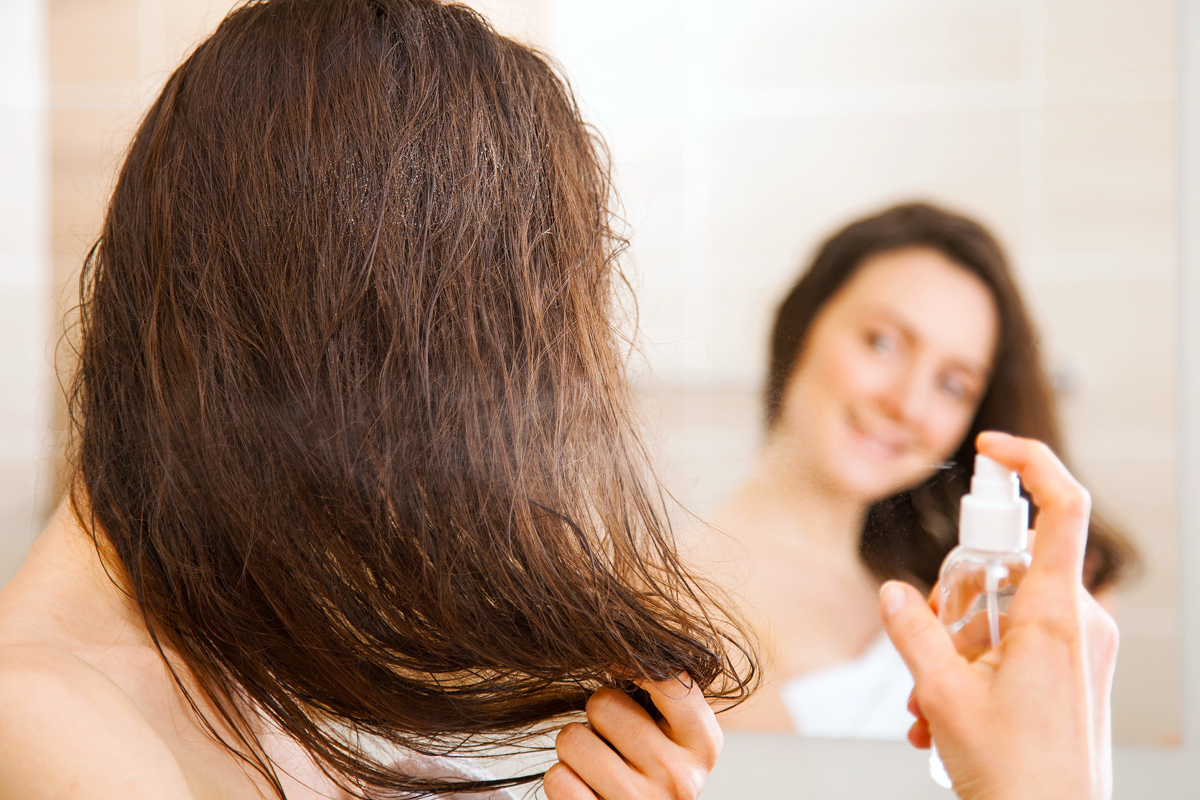
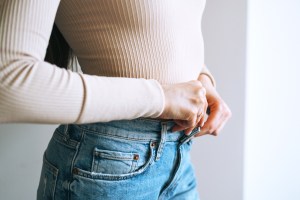
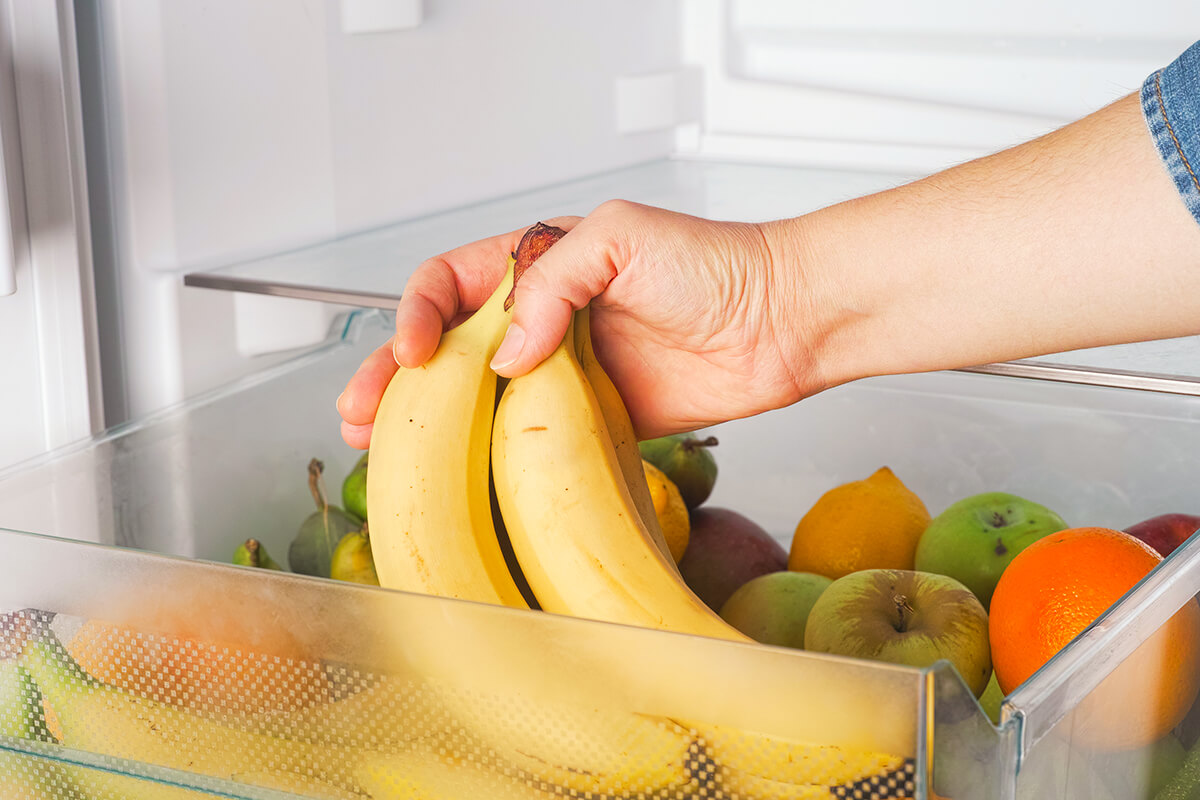
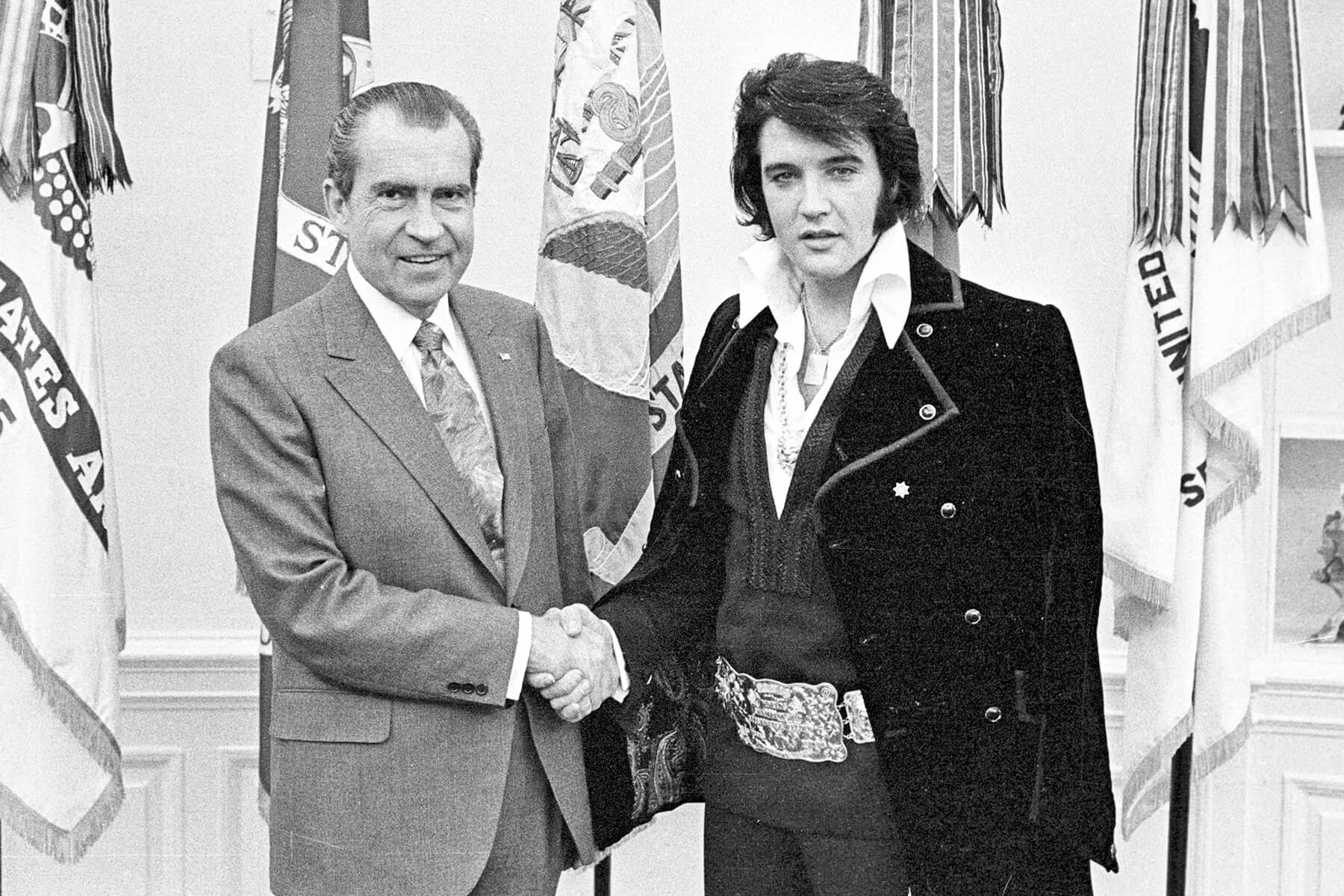
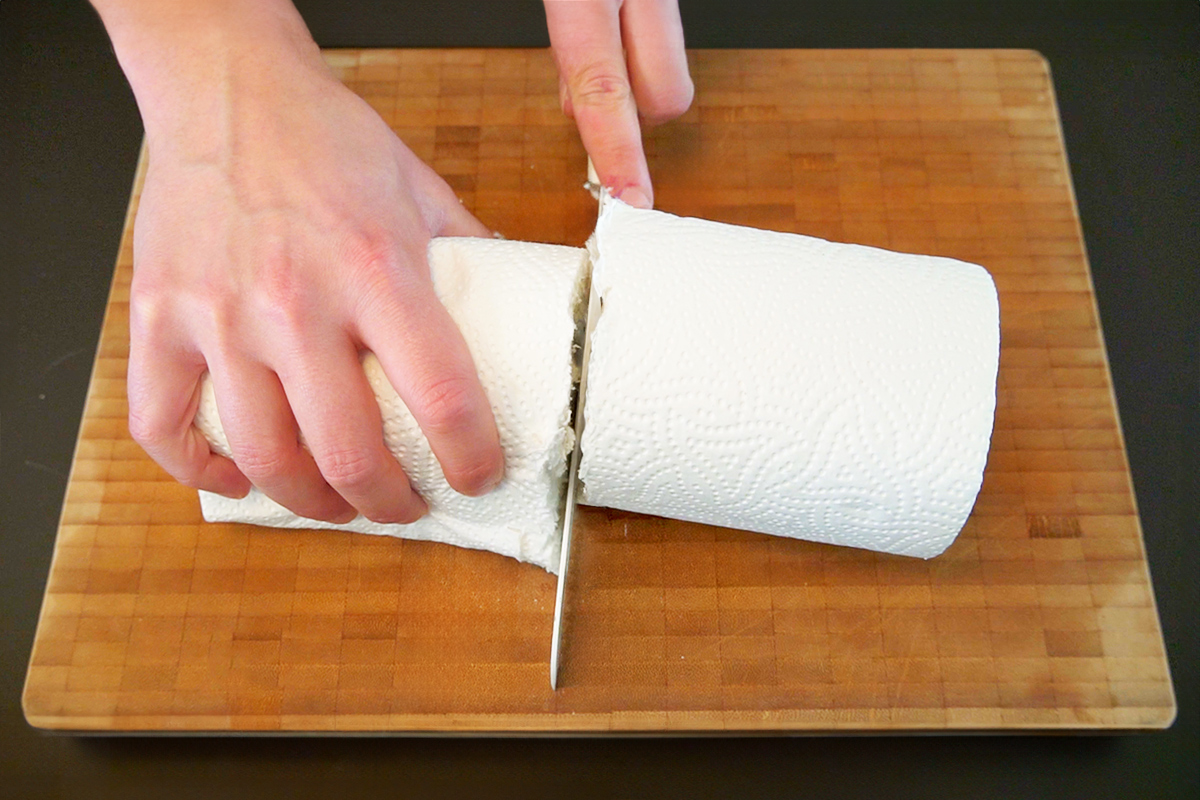
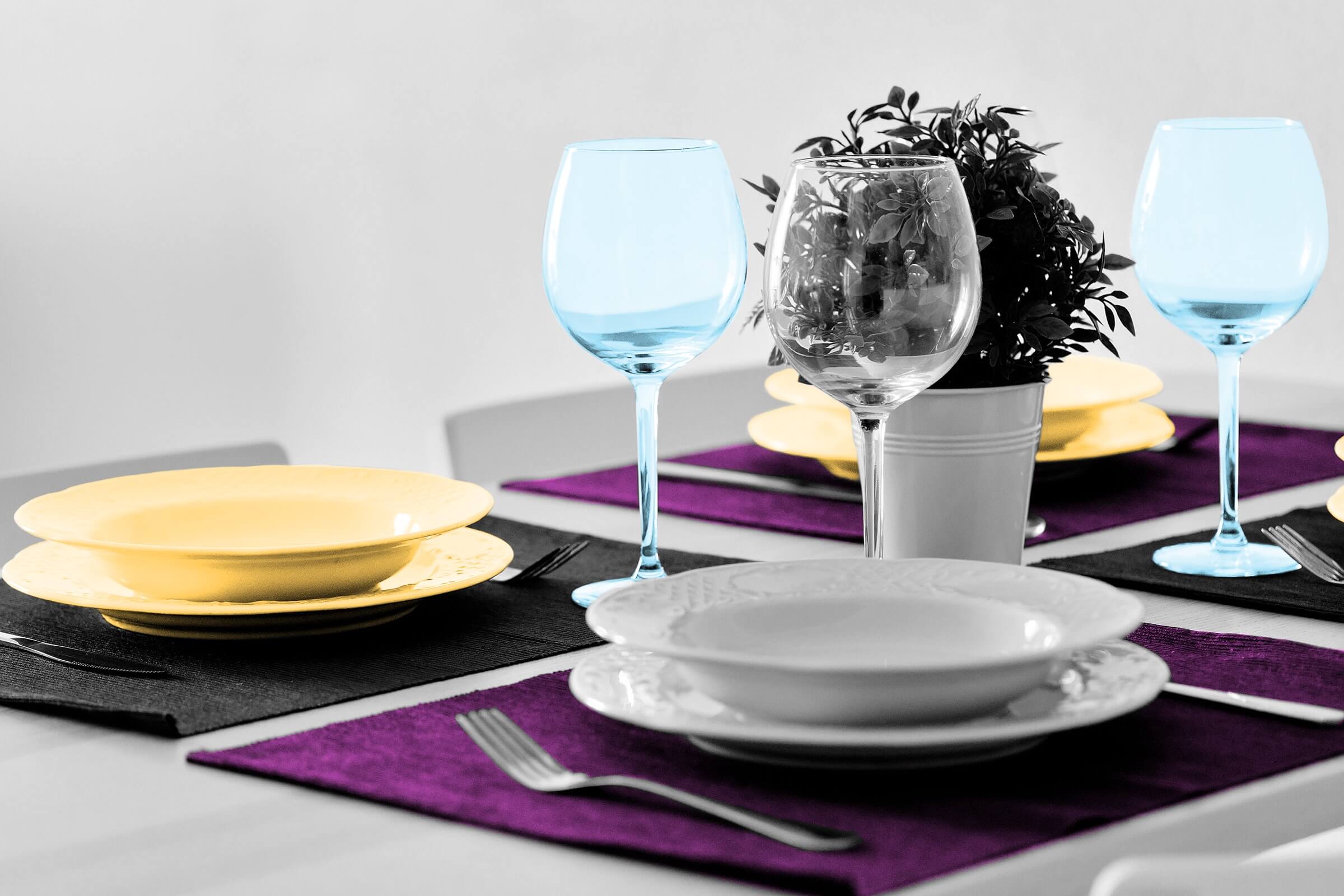
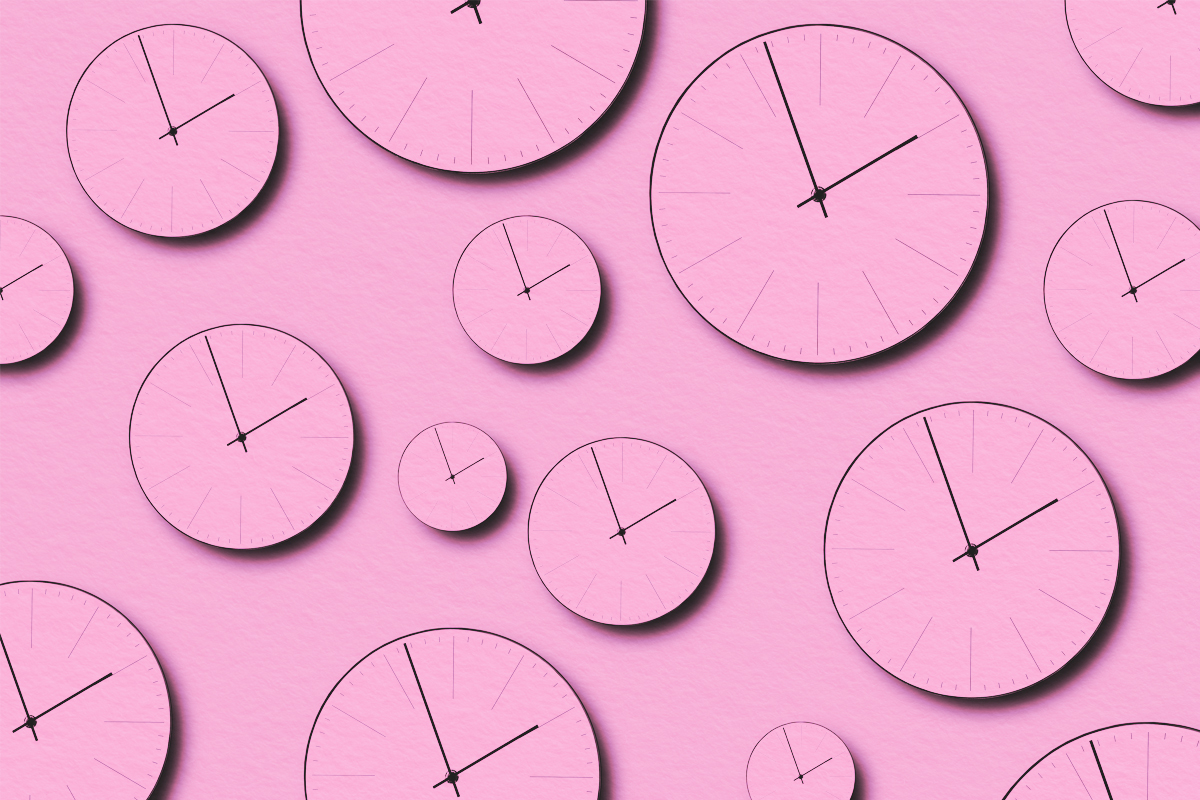

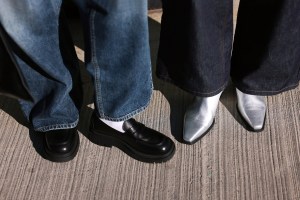
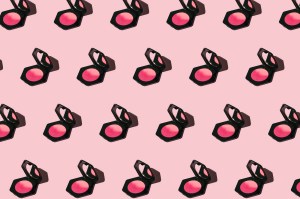



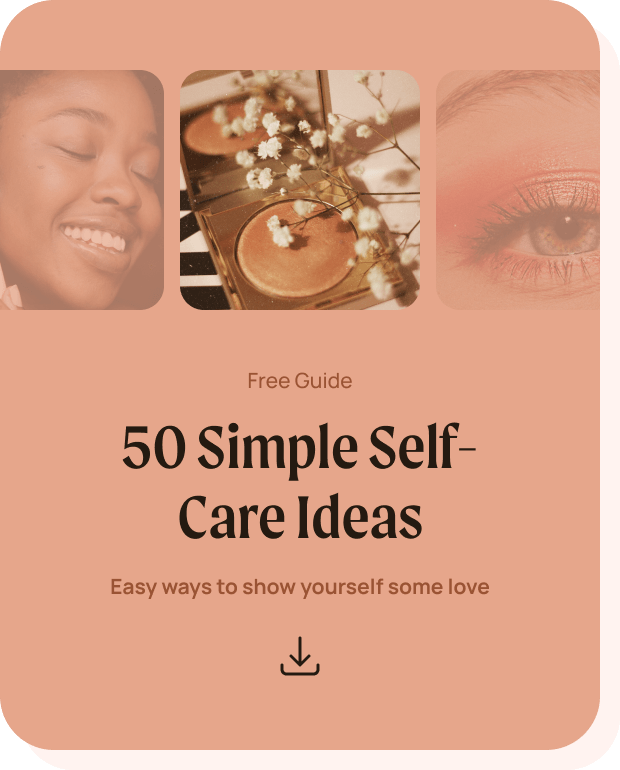 Unique Beauty is free for all users.
Unique Beauty is free for all users.